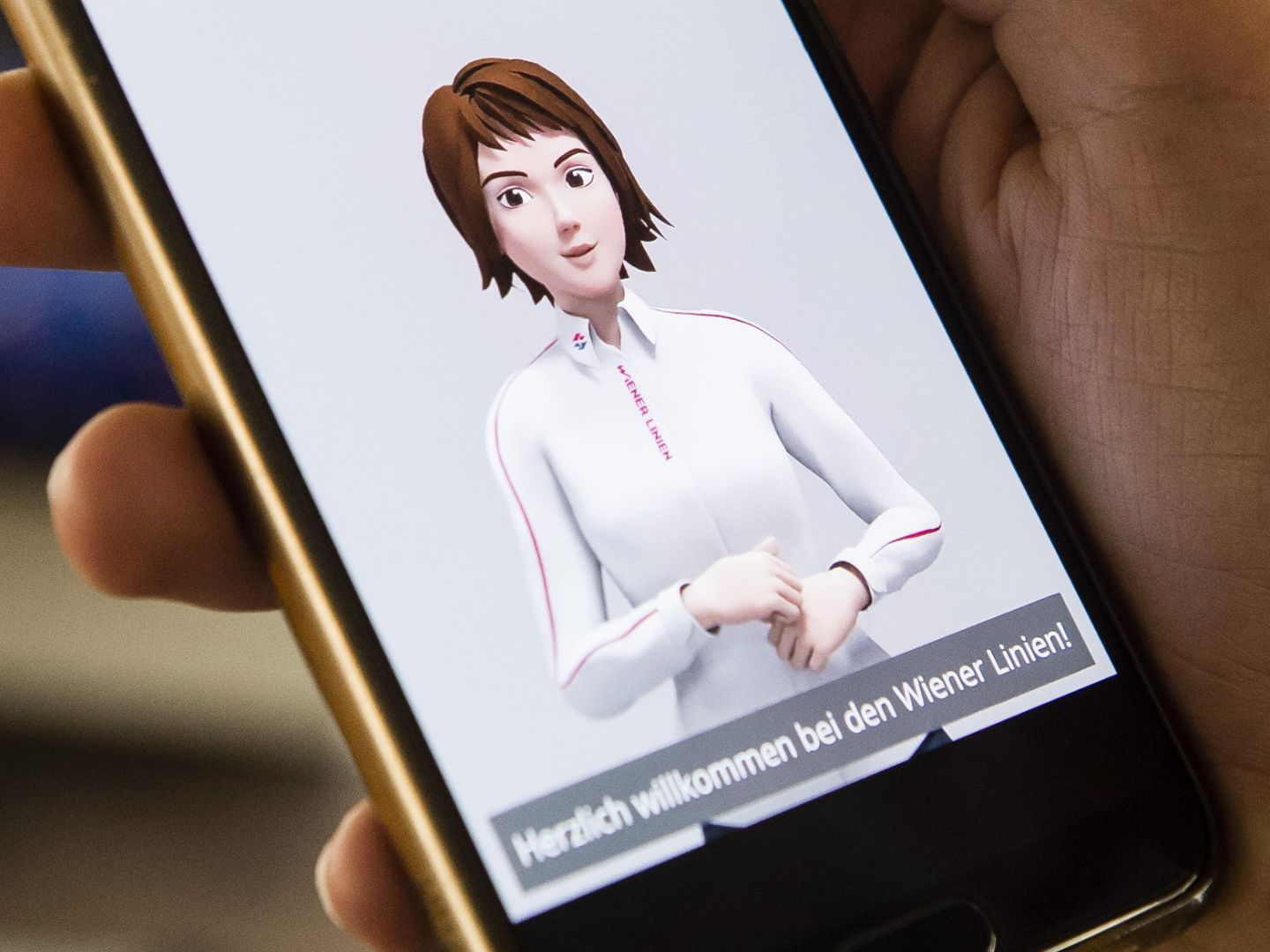Poor Translation: Sign Language Avatar "Iris" Not Well Received by Those Affected

Studies - including the Best Practice Guide from the University of Vienna - show that such sign language avatars often have technical and linguistic deficiencies, such as mechanical mimicry, unnatural sign flow, and lack of linguistic precision.
Dr. Katta Spiel from the Vienna University of Technology commented: "After initial observations, we find that the content of the ÖGS video and the text messages sometimes do not overlap or the video is incomplete. In addition, we find the linguistic implementation sometimes not very understandable."
ÖGLB Criticises Sign Language Avatar "Iris" of the Viennese Lines
In a statement, the Austrian Deaf Association points out that due to the current deficits, sign language avatars are not an adequate alternative to human interpreters and translators. Instead, human professionals should be prioritised to ensure precise and interactive translations that provide added value for the community.
The initiative of the Viennese Lines to communicate disruption information in sign language is fundamentally welcomed by the ÖGLB, but the implementation using technologies like "Iris" is only a half-baked solution under the guise of accessibility. Experts and those affected demand increased involvement of people whose mother tongue is ÖGS to make communication more effective.
(Red)
This article has been automatically translated, read the original article here.





